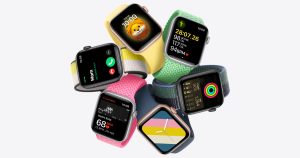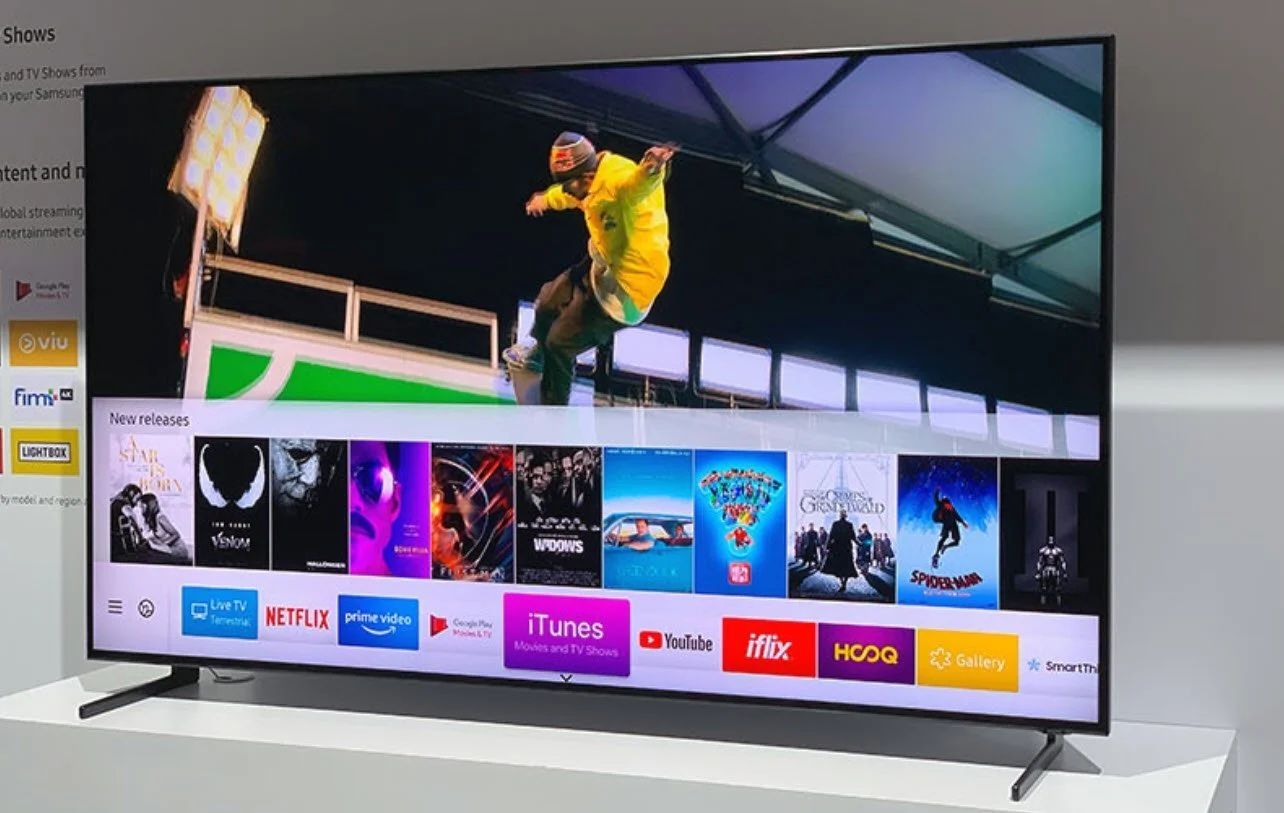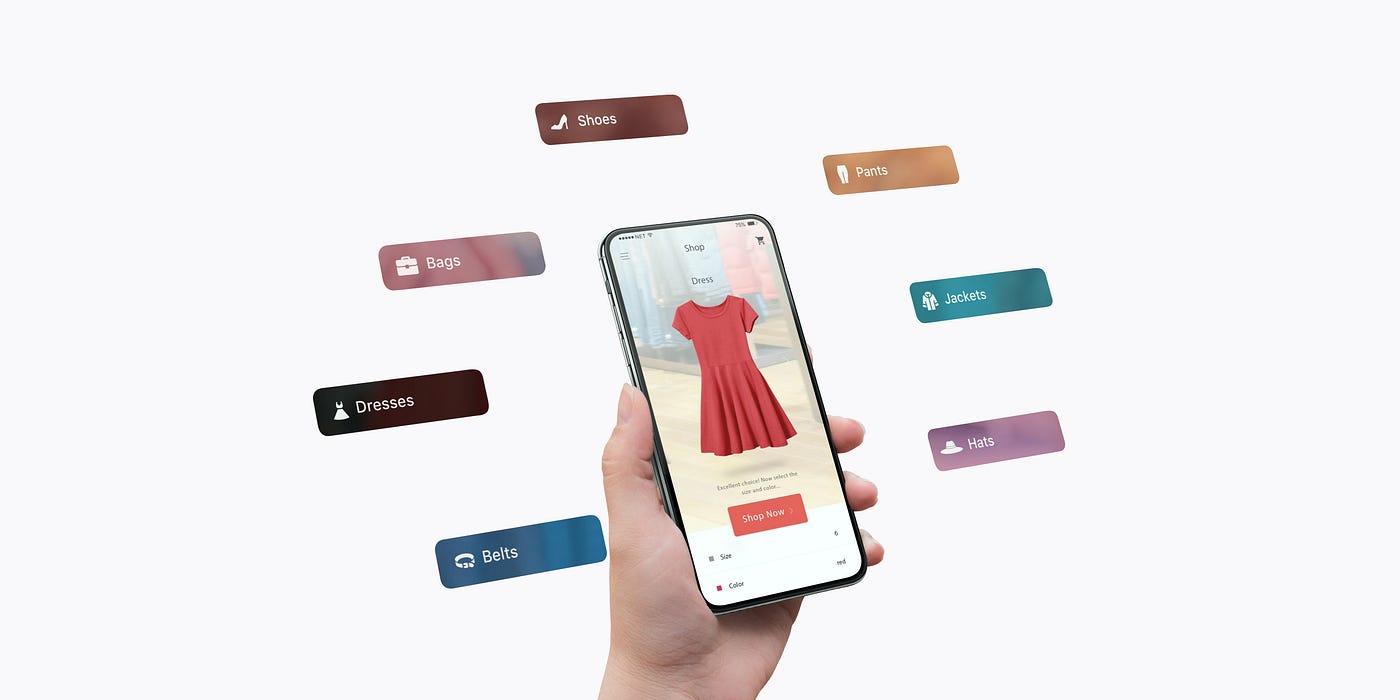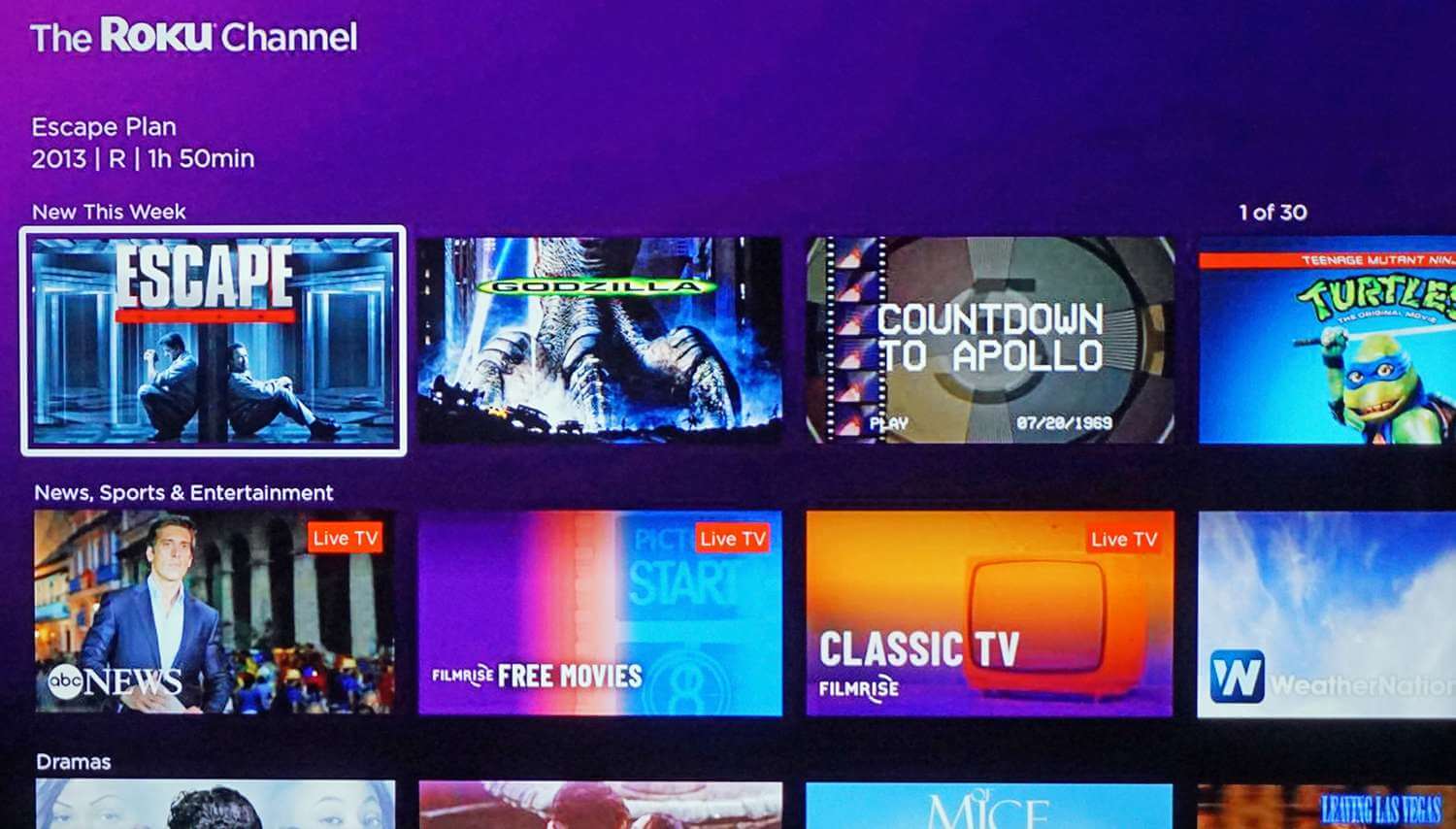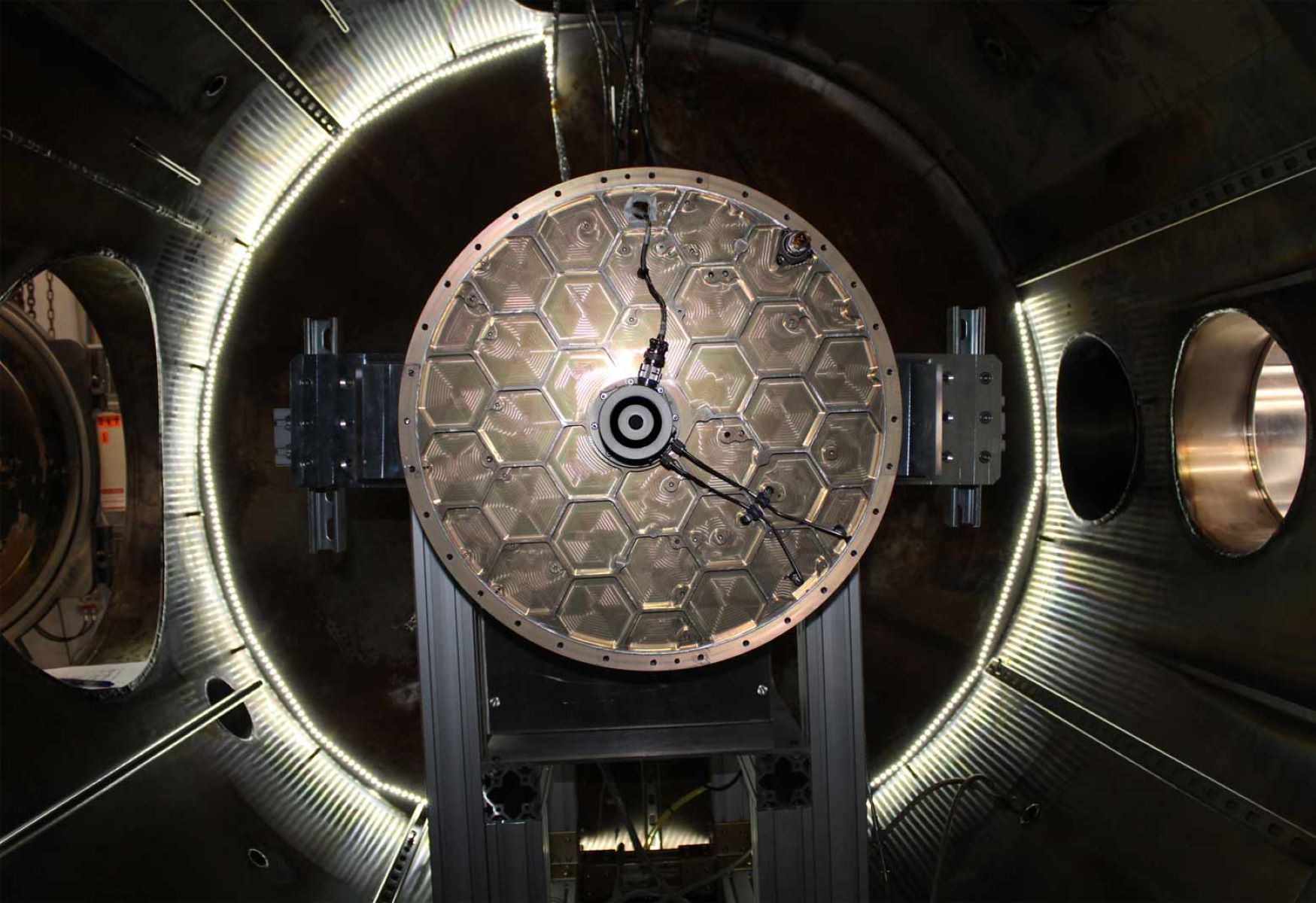Modern life can make the best of us feel stressed and anxious at times. It could be your workload, your personal life, or your responsibilities. Whatever it is, you deserve to have a sense of peace from day to day, and the Apollo Neuro can give you that. The Apollo Neuro is an innovative wearable device that alters moods and scientifically reduces stress. Let’s take a look at how one wearable device can help you finally take control of stress and help you live a healthier and happier life.
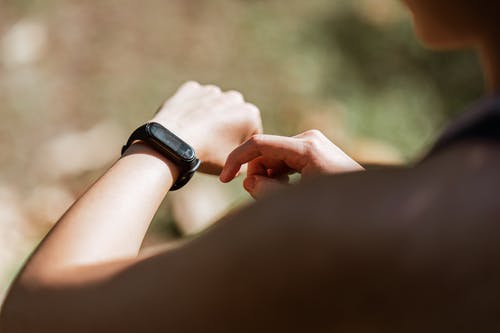

What Is Apollo Neuro?
Apollo Neuro is a wearable device that helps to reduce stress and alter moods for the better by using touch-based vibrations. Doctors and neuroscientists created the device to help individuals reduce stress. It’s the product of years-long research into the physical effects of stress on individuals and the potency of touch-based therapy for battling stress.
The technology relies on haptic feedback or vibrations to recreate the effect of human touch. That is the positive feeling that you get from hugging a loved one, touching a pet, and so on. These external stimuli have a positive effect on mood, as it elevates the heart rate variability (HRV), which is a measure for the intervals of your heartbeat. Medical professionals consider a high HRV as a balanced state while a low HRV indicates stress. When HRV is increased, it can lead to feelings of calm and concentration.
A Look at Design, Functionality, & Price
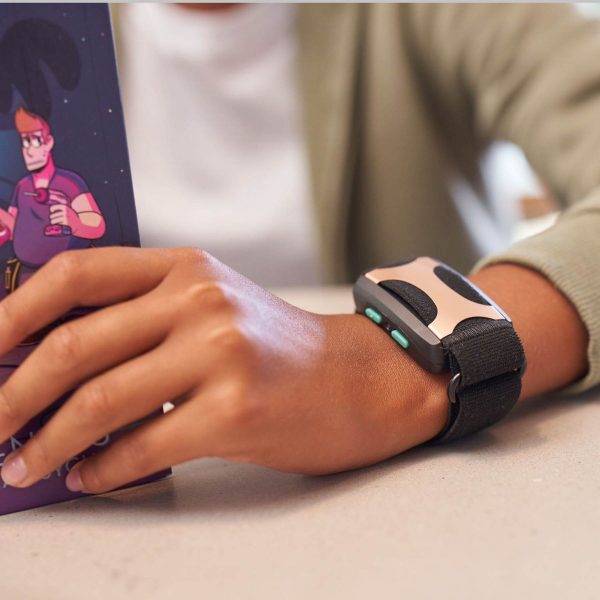

Before we delve into the scientific explanation for this device, let’s take a look at its design. This review will give us an idea of what the device really is, how it’s supposed to work, and what makes it different from fitness trackers.
Design
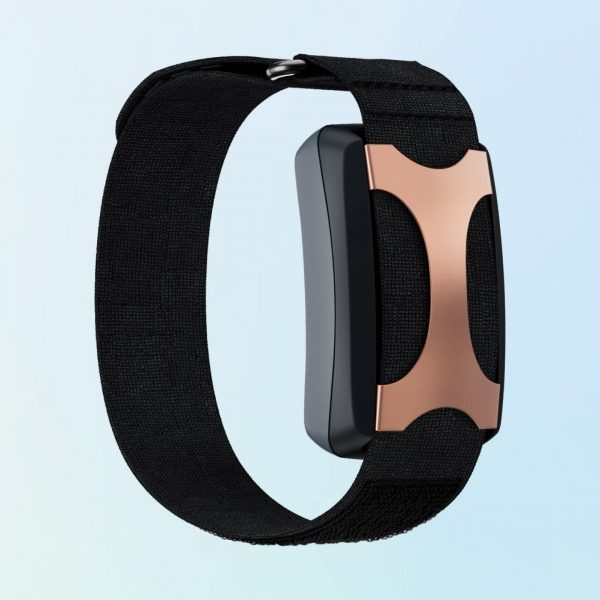

Apollo Neuro takes on the appearance of a simple wristband. It has a fiber strap with no LCD screen, which reminds us a lot of Amazon Halo. It’s about the same size as a watch and is meant to be worn either around the wrist or the ankle. The device has an X-shaped metal band where most watches would have an LCD screen. On the side of the device are two elongated buttons that let you activate and shut down the device. Controls for the mode and vibration intensity can be found on the mobile app.
While the device is different from fitness trackers, it does share a few essential functions with those devices. It charges via a USB cable plugged into the bottom of the device. Each charge will give you approximately six to eight hours of battery life. And just like a fitness tracker, it connects to a dedicated app on your phone.
Setup
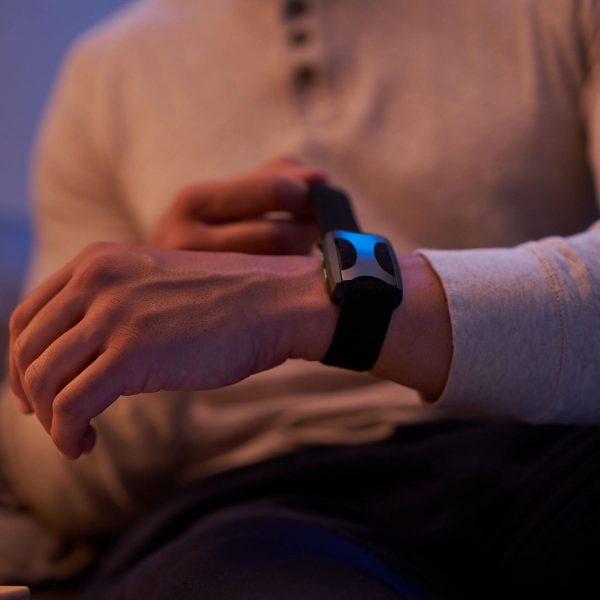

The Apollo neuro is very easy to set up. The device itself doesn’t require setting up; you just need to charge it before putting it on. But you do need to download the Apollo Neuro app and then sign up for it. The app serves as the remote control, and you can use it to switch modes and modify the intensity of each. You might notice that the device doesn’t make a lot of noise even when it’s vibrating, which is a big plus. The device is also waterproof, but we don’t recommend taking it with you to swim.
Modes


Apollo Neuro offers seven modes of vibrations:
- Energy and Wake Up
- Social and Open
- Clear and Focused
- Rebuild and Recover
- Meditation and Mindfulness
- Relax and Unwind
- Sleep and Renew
Each mode contains a unique compilation of vibrations, all of which have been researched in depth. The vibrations affect your nervous system, which in turn improves your mood. It’s a lot like selecting a music genre to induce a particular mood (e.g., listening to upbeat music to feel happy). While there’s a small chance that it could be a placebo effect, we’ll explain later on why this isn’t likely the case.
For example, you can choose the Social and Open for when you want to feel more energized in social situations. If you need to accomplish a task requiring concentration, you can go for the Clear and Focused mode. At bedtime, you can choose the Sleep and Renew mode to help you relax. Haptic vibrations are used not only for therapeutic devices such as this but also in gaming to make the experience feel more realistic.
Pricing


Apollo Neuro doesn’t come cheap. It retails for an average of USD 350, taxes and shipping fees not included. The retail price occasionally drops to USD 315. The price usually doesn’t get any lower than this, except maybe if you are buying a second-hand device. This will get you free access to the Apollo Neuro app, which you can use to control the device. It may also get you additional accessories and access to discounts for other devices.
But what makes this device so expensive, you may ask. For starters, wearable devices with haptic feedback are a relatively new concept in the tech world. The mainstream media and online advertisers rarely mention products such as this. In fact, it seems like these devices are more for a specific niche of people rather than the mainstream crowd.
Another reason had to do with the scientific backing that went into developing the product. As a matter of fact, the idea for this product stemmed from scientific research into haptic vibrations and HRV levels. In fact, if you visit their website, you will be able to find independent studies conducted by different research groups on different test subjects. So far, the studies they’ve present seem to support their premise. However, all of this research couldn’t have been cheap, which helps to explain the price.
The Science Behind Apollo Neuro


It’s easy to think of Apollo Neuro as a hogwash product that’s being overly hyped for profit. After all, a wristband that alters moods and relieves stress just sounds too good to be true. But before you dismiss everything as a marketing ploy, you may want to consider looking into the science behind it.
Stress and the Body


For most people, stress is already a fact of life. It’s something that most people deal with on a daily basis, and it’s not something we can eliminate completely. But being in a constant state of stress can have a negative impact on our nervous system. In the early stages of stress build-up, you might experience physical symptoms of stress such as body aches and pains, anxiety, insomnia, and so on. Eventually, the built-up stress can lead to serious illnesses such as heart disease, diabetes, or even cancer.
Also Read: Health Podcasts to Help You Stay Fit and Healthy
The Role of HRV


Apollo Neuro strives to return your body into a state of balance by activating its response to physical touch. The wearable emits a sequence of vibrations that stimulate the nervous system in specific ways. The stimulation has the indirect effect of elevating a person’s heart rate variation (HRV) levels. HRV, as we’ve mentioned, is a measure of the intervals between heartbeats. A high HRV level indicates a stressful state, while a low HRV level indicates a state of balance. In addition to Apollo Neuro’s capability to produce vibrations, it also measures your HRV levels. The levels are reflected on the mobile app and can be viewed at any time.
Improving HRV levels via stimulation of the nervous system has a lot of health benefits. It can help alleviate symptoms associated with chronic stress, such as psychosomatic pain, chronic pain, or insomnia. Apollo Neuro may also alleviate the symptoms of stress on the brain, which often manifests as anxiety or depression. It may also help with sleep quality as well as facilitate entry into meditative states. Finally, it may improve your overall cardiovascular health due to improved HRV levels.
Origins of Apollo Neuro


Apollo Neuro was born in a lab, literally and figuratively. Apollo is the brainchild of two distinguished neuroscientists working at the Program in Cognitive Affective Neuroscience (PICAN) laboratory at the University of Pittsburgh. The pair wanted to find conclusive evidence on the positive impact of physical touch on hardwired stress responses.
They discovered that particular combinations of low-frequency sound waves, when implemented via the sense of touch, can improve the state of the nervous system. They also found that these effects on the nervous system can be measured in real-time through HRV levels.
The pair then tested their hypothesis on a group of 38 healthy test subjects. The researchers required the test subjects to complete the Paced Auditory Serial Addition Test (PASAT). This test measures the individual’s ability to process information and to retain attention under stressful conditions. The results indicate that the HVR of participants increased by two or three times with Apollo within three minutes of stress. This is an indication that the device helps the participants to stay calm and focused under stressful conditions.
Apollo Neuro Clinical Trials


Apollo Neuro has been the subject of a variety of clinical trials. Some of them have been completed, while others are still ongoing. Each study has a different set of researchers and a different organization to run it. Each study has its own pool of test subjects, none of whom are affiliated with Apollo Neuro. Here are the results of some of the studies:
NCAA Athlete Study


The study tested the impact of Apollo Neuro on the HRV levels of 40 athletes. It measured the biometrics of the athletes before and after a game, including the participants’ heart rate, blood pressure, and blood sugar on top of the HRV levels. The test subjects were further divided into placebo and control groups. The results indicate that all of the athletes had experienced an increase in their HRV levels.
Meditation Augmentation Study


Another study looked at the impact of Apollo Neuro on the brain waves of individuals. The study had 50 participants in total. Half of the participants are experienced meditators, while the other half have no experience in meditation. The researchers then asked the test subjects to listen to the recording twice, first with Apollo on and the second without Apollo. After the trials with and without Apollo, the researchers subjected each test subject to an electroencephalogram (EEG) scan.
The results indicate that both groups had experienced a shift in brain waves much sooner with Apollo than without it. In addition, non-meditators had achieved similar EEG indicators to that of experienced meditators while using Apollo. The experienced meditators had reported experiencing a deeper meditative state much faster than when they did not use Apollo. The implication is that Apollo allows users to get into a relaxed state much faster and for a steady period.
Nursing Home Staff Study


Another study evaluated the impact of the longer-term use of Apollo Neuro on the stress levels of working individuals. The study took in 11 subjects who worked as nursing staff in a nursing home. The researchers gave test subjects a comprehensive psychological exam before and after the trial of Apollo Neuro. They then asked the participants to wear Apollo Neuro for 14 days, after which the participants had to undergo another psychological test. The results indicated a significant reduction in the stress levels of the study participants.
Adolescent Anxiety and ADHD Study


This study aimed to test the effect of Apollo Neuro on the overall mood of children and teens who are seeking treatment for various mental problems. These mental problems span from mood and anxiety disorders, impulse control, and ADHD. The researchers observed a total of 15 children and teens during their typical therapy session. They asked each participant to wear Apollo Neuro for the duration of the session. The results indicate improvements in the overall mood of all participants. The therapists and parents also noted a marked reduction in the anxiety levels and better impulse control among the participants with prior histories in these areas.
Final Thoughts on Apollo Neuro


Apollo Neuro might come off as a little strange and unfamiliar, but you have to admit that it is highly innovative. It’s one of the few devices that can claim to alter moods, which is a concept we never thought possible until now. It offers a new perspective on what wearable devices can do and a lesson in functionality for fitness trackers.
But perhaps the key question is, does it actually do what it claims to do? The answer is yes, absolutely. It’s great for people who experience stress regularly, which likely qualifies most people on the planet. But then again, even perfectly happy and non-stressed people can benefit from Apollo Neuro. Overall, this is a well-designed, ultra-smart, and highly novel device that fits in well with our fast-paced culture.









